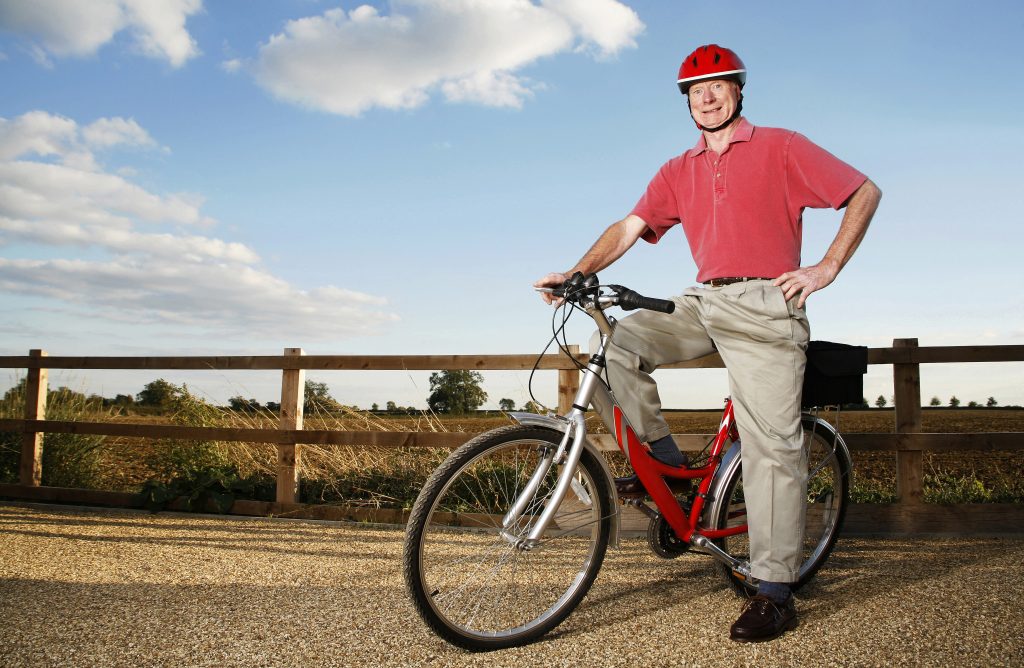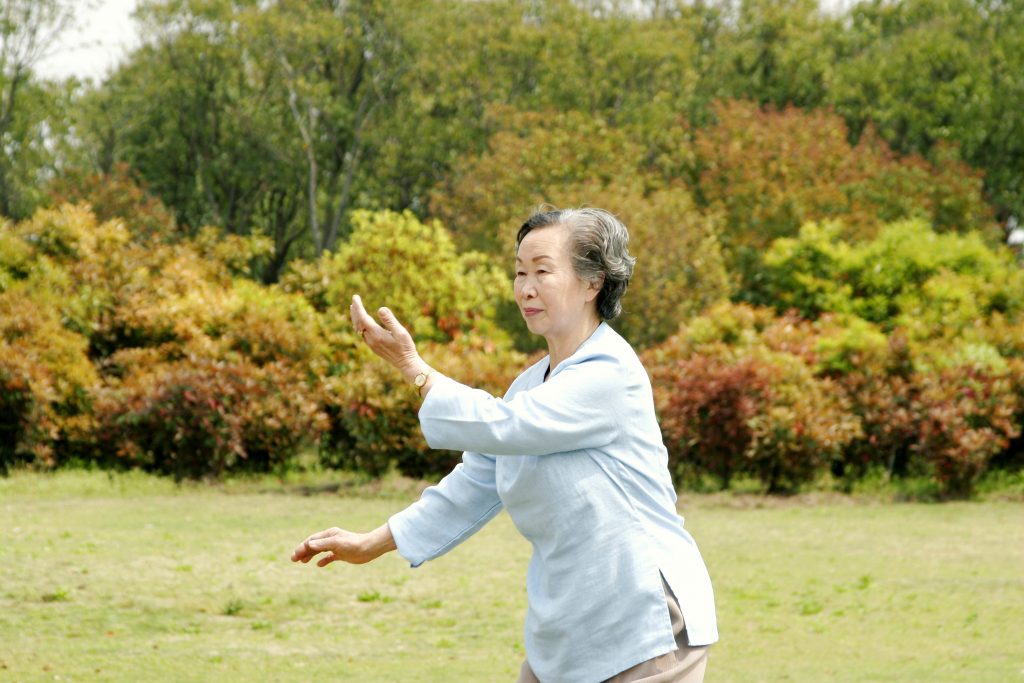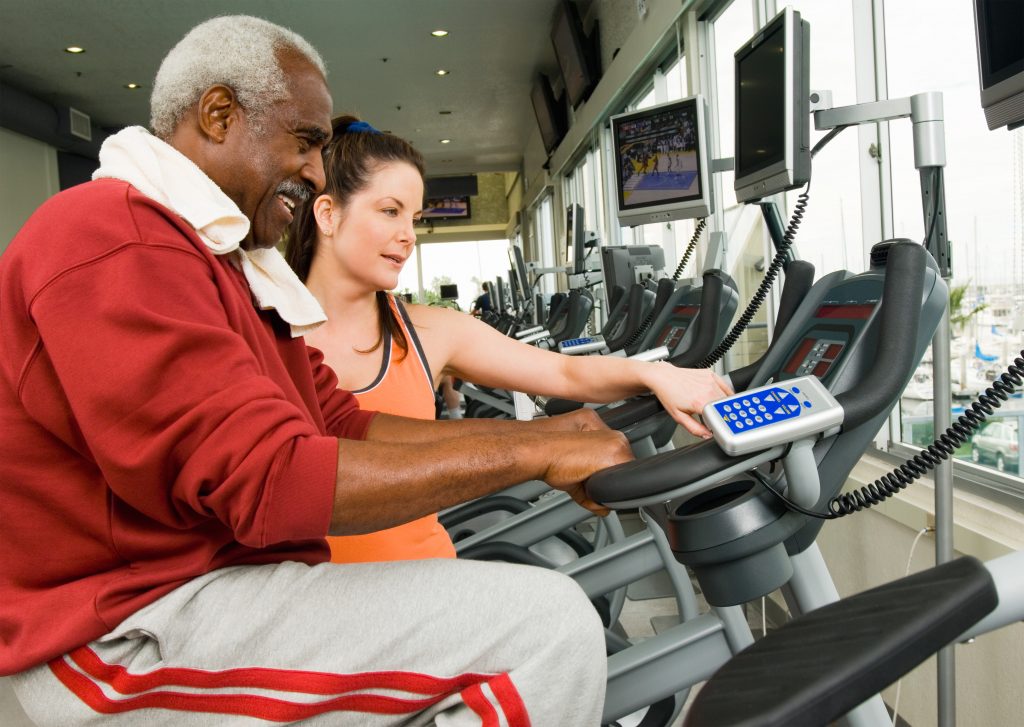Exercise is not necessary for weight loss, in
The best exercise you can do ideally fulfils these three criteria:
- You’re capable of doing it without injury
- You enjoy it enough for lack of motivation not to be a problem
- You are willing and able to fit it into your life consistently and regularly for the foreseeable future

Above all, remember that you need to exercise in a way that suits you. Experiment, observe your body, see what works for you and take your time over this learning phase. That said, there are ways to decrease your chances of injury when exercising, and ways make exercise more efficient, getting more bang for your buck. So, let’s look at both of these:
How to decrease your chances of injury when exercising
- If you have any concerns over exercising because of health issues, talk it through with your doctor first and get their approval of your exercise plans before starting
- Get blood pressure under control first before attempting to exercise. Yes, exercise is great for lowering blood pressure, but if your blood pressure is high, work with your doctor to get it under control before you start doing anything that will push it higher for a period of time
- If you are new to exercising, or coming back to it after a break then start slowly and watch how your body responds, getting a feel for what is right for you over a couple of weeks, rather than going at it gung-ho just because you feel like you can on the day. I can feel fine in the gym, but then flare up the following day, or even two days later, if I’ve overdone it
- Don’t exercise in a group where you are likely to feel pressured to do more than you are really able to do safely, out of embarrassment, competition, or because well meaning people encourage you to keep going when you really should be taking a rest. I let one of the personal trainers at the gym talk me into taking part in a group session. He insisted I wouldn’t be under any pressure and could take part at my own pace, but that wasn’t the reality at all and I ended up flaring and unable to do anything for 3 weeks after that. You know your own body, listen to it.
- One way of getting the social benefits of exercising in a group without the pressure to keep going, is with dancing – not in a class but at a club, where you can sit down at a table whenever you want to. I used to go line dancing, and this worked brilliantly for me
- Exercise while your body is warm – wear layers that you can remove as you get hotter if need be
- Get your circulation going with aerobic exercise before tackling weights and resistance exercises. Going on a treadmill for at least 20 minutes before using the resistance machines works for me, figure out what will work for you in your particular circumstances to achieve the same end
- Listen to your body. Sometimes the only exercise I’ve been capable of was to lie in a hot, Epsom salt bath, gently moving my fingers, and that was it. Do what you can do without harming yourself

Key to avoiding injury: “Listen to your body, listen to your body, listen to your body”
How to make exercise more efficient
High intensity interval training (HIIT) has been scientifically studied quite a bit and has been shown to produce the aerobic benefits of much longer workouts in just a few minutes 3 times a week. The way they’ve done this in studies is by using an exercise bike, peddling normally for several minutes then peddling as fast as possible for 20 seconds, then back to normal peddling and so on, repeating the sequence a few times.- This would trigger a flare for me, so I achieve the same by using a treadmill and increasing the gradient to a steep climb for my
high intensity phases, dropping it to my usual height when I can’t take any more. Work out a way that is safe and doable for you to apply the same HIIT principles if you can
- This would trigger a flare for me, so I achieve the same by using a treadmill and increasing the gradient to a steep climb for my
- When working with weights, do fewer repetitions and use heavier weights. Be slow and controlled
- You don’t build muscle in the gym, or while exercising. You build it during the rest time that happens afterwards. Building muscle is the body’s response to being over exerted – it’s creating more muscle so it’s ready for the next time it meets the same high demand
- Therefore, doing a lot of reps, lifting a weight that your muscle is already easily capable of lifting numerous times is not going to be as effective as lifting a weight that your muscle struggles with after just a few times
- When you have joint and inflammation issues, doing a lot of reps quickly can easily trigger a flare and should be avoided
- Lift slowly, in a controlled manner, with good posture. I find it easier to accomplish this by using the resistance machines at the gym – gym staff will train you how to use the machines properly, with good posture (if they won’t, then find a better gym)

- Lift enough weight for 8 to 10 reps to be as much as you can do in one go and then repeat this once or twice more after a short rest each time. If you can do more than this then you need to add more weight. If this is too much to do, then reduce the weight. Build up slowly and listen to your body
- Don’t repeat the exercises on the same muscles until they have fully recovered. You can work on different muscles on different days and give your muscles a whole week’s rest if that’s what they need. Listen to your body, you will learn what’s right for you over time